In August 1974, Volvo presented a new model generation, the 240 series. From the start of production, it was available as a two-door and four-door sedan and as a five-door Estate. The 1974, the six-cylinder version of the 264 series with a new V200 engine, followed in the autumn of 6. The 240 series in particular became a long-term success. This was built for almost twenty years.
Volvo further developed the 240 series based on the 140 series. The new model also strongly resembled that model, although influences from the VESC safety concept car were also visible. The changes compared to the 140 series were the new, sloping front, the large bumpers and the further developed chassis with McPherson front suspension. In the 240 series, Volvo also introduced a new four-cylinder 2,1-liter engine with a single overhead camshaft.
IMPORTANT SAFETY REQUIREMENTS
Volvo developed the 240 series. iStrict safety requirements were high on his list of priorities. These requirements were so strict that the authorities in the United States used the Volvo 240 as the benchmark for the required safety in cars. During the years after the introduction, special versions appeared on the menu. A special version of the 240 series, for example, was the 242GT from the late 240s and the 6 Turbo from the 2.4s. Both versions delivered potent performance. On the other hand, diesel versions also became available, such as the DXNUMX version with a XNUMX liter engine that was purchased from Volkswagen.
FASTEST STATION IN THE WORLD
When Volvo introduced the turbocharged 1981 in the United States in 245, it was the fastest station wagon in the world. The Volvo 240 was in production for almost twenty years. The model received two major facelifts, for model years 1981 and 1986. Adjustments were also made in the meantime, more at a detailed level. The model designation also changed to '240' during the 240s. Furthermore, the 240 series moved with technological developments, safety requirements and environmental requirements. During the final phase, for example, the 200 became available with an airbag. And the 'B-240 engine series' was the result of adjustments in areas such as material use and friction. In addition, Volvo gradually introduced things such as a regulated catalytic converter, EGR and a lambda probe. The Volvo 1993 series moved towards the end, and in XNUMX production of the Estate ceased.
VOLVO 264 in 265 toy
The Volvo 264 appeared in the autumn of 1974 as the successor to the Volvo 164, which remained in production alongside the 1975 for a while in 264. Volvo developed a completely new engine for the 264. The V6 power source was made entirely of aluminum and had a cylinder capacity of 2,7 liters. The engine was a co-development of Volvo, Peugeot and Renault, and was therefore known as a PRV engine. The 264 was replaced in 1982 by the all-new Volvo 760. In addition to the 264 sedan, a station wagon, the 1975, appeared in August 265. For the first time, Volvo could now offer a six-cylinder station wagon, confirming its name as a leading manufacturer of station wagons. Furthermore, an extended version was available. This was used, among others, in the GDR by prominent statesmen.
THE VOLVO 262
A rare version within the 200 series was the Volvo 262. It was based on the two-door body of the 242, but of course equipped with the technology and nose of the 260 series. Volvo produced the 262 mainly for the North American market. Only 1975 examples were built from 1977 to 3.329.
THE VOLVO 262 C
In 1977, Volvo presented the 262 C at the Geneva Motor Show. This was a two-door coupe with four comfortable seats - which was possible because this model had the same wheelbase as the Volvo 264. However, the 262C had a much lower roofline. The windshield was flatter and had a very wide C-pillar. In the first years of production, the 262C was only available in metallic gray with a black vinyl-covered hood. Later it was also available in other colors. The interior was decorated very exclusively with soft leather upholstery and wood veneer. The Volvo 262C was designed by Volvo in Sweden and built by Bertone in Italy.
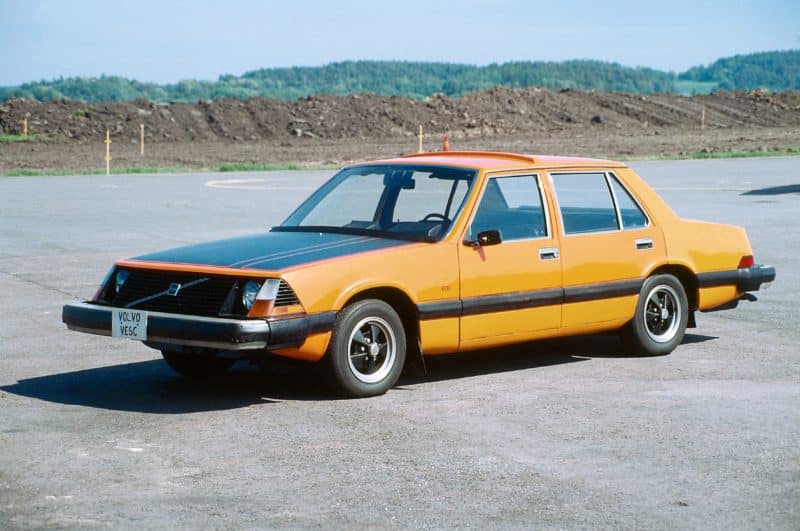
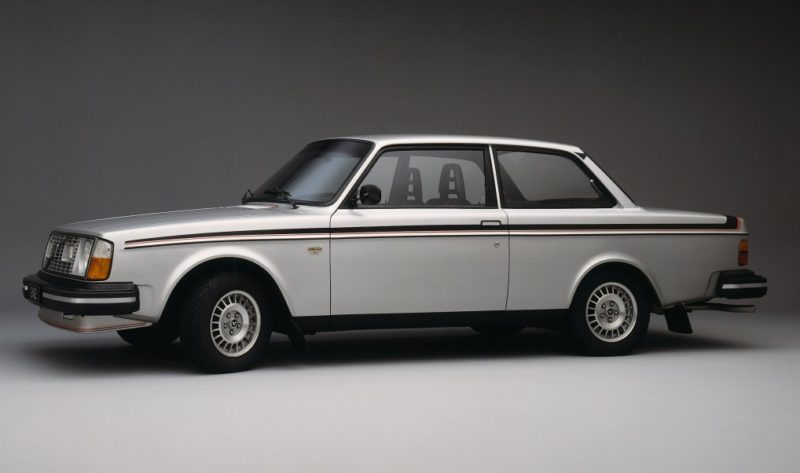



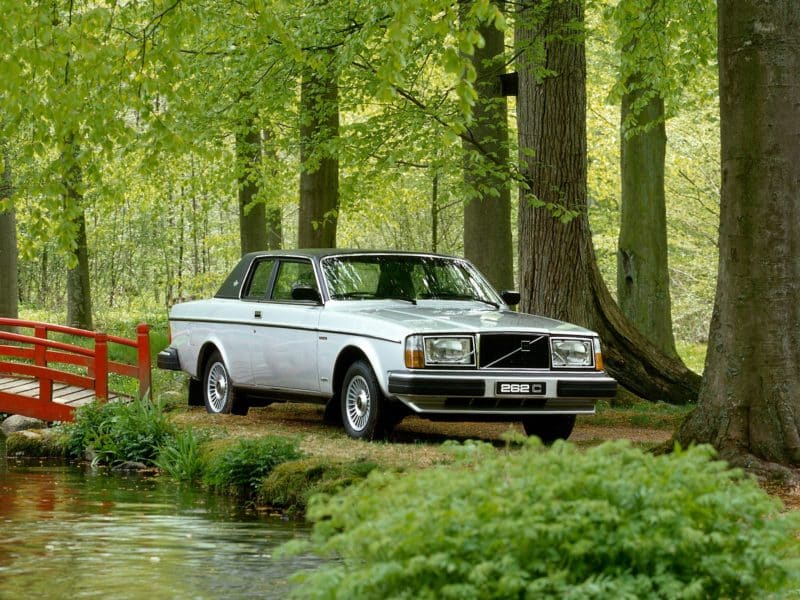
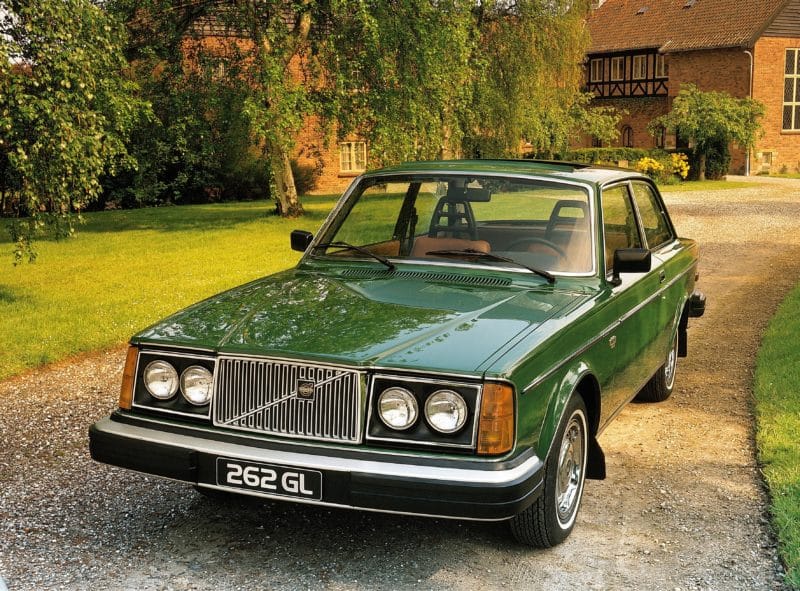
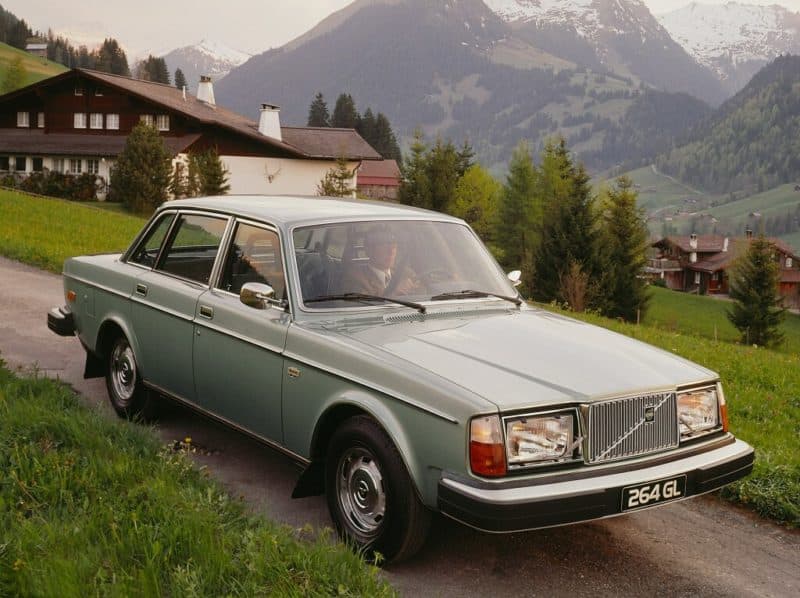
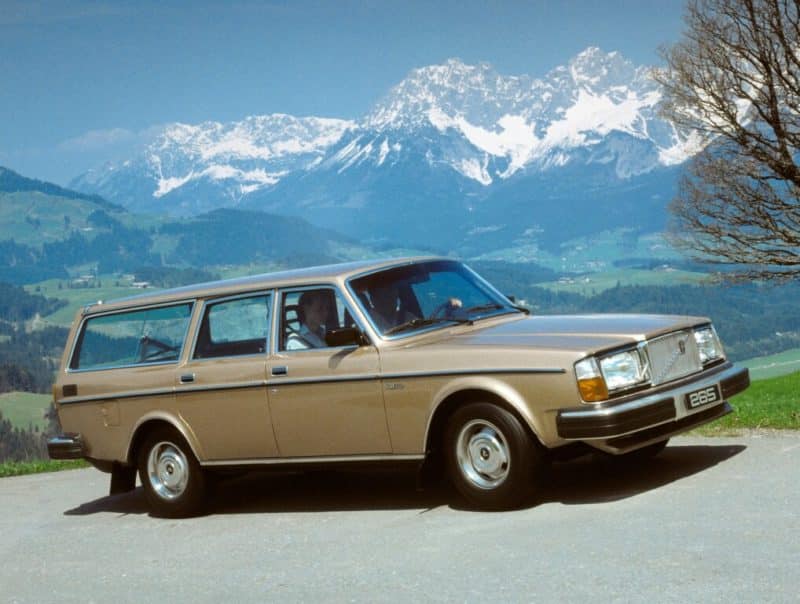



I had a Volvo 264 GLE from 1978. A super car with options that would not be out of place today. Air conditioning, electric windows and mirrors, headlight wipers, etc. And the automatic drove fantastic. Very comfortable. Wish I still had it...
I have a Volvo P121 (Amazon) myself, but when I worked in the Philippines I had an American boss and I told him that I had a Volvo, he told me that he had a Volvo 240 and he told me that car would not give up only four cylinders, all his children got their driver's license in that car, I drove it to the scrap heap.
I think 200, 7 and 9 series are the best cars Volvo has made.
An uncle of mine always said if you want to drive a lot of km you should buy a Volvo, lawyers and doctors do that too and they drive a lot of km.
m.vr.gr.
John Gers
No, let's be serious, aren't these ugly cars? An angular tank with crash bumpers…
Okay, you can drive a lot of carefree miles with it and when you're in it yourself you won't see what a monstrosity it is. After the Fiat Multipla, good for 2nd place on that much-feared ranking. Or is it also here: “tastes differ”? In that case: apologies.
By the way, Johan, congratulations on your Amazon. Because that is a timeless, eye-catching classic.
I also have an Amazon myself, that's why!
Other Henk,
You are of course absolutely right, the 240 does not deserve a beauty prize and yet I have been driving the same 1993 station since 240, it was and is a great practical car, especially in the beginning with 3 children in a child seat (2 in the trunk).
This 240 is equipped with air conditioning and a sliding roof, which makes it a great car for the family. A major disadvantage of the 240 is of course that with proper maintenance you will never get a new car again.
That's why I bought a C70 convertible for weekend trips, after all, you sometimes want something different.
MMvr.gr
Marcel
I myself have experienced the 2 liter version. With correct treatment they can easily reach 500.000 km. A wonderful source of power. Wonderful cars!
At that time, Volvo was REALLY VOLVO. I drove 245 and 745, good quality, sturdy cars.
You could drive it for years, with high mileage without any problems, with good engines.
Too bad they are so expensive now, I have been driving the Japanese Toyota for a long time, a good global brand.